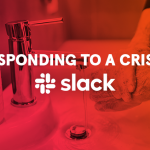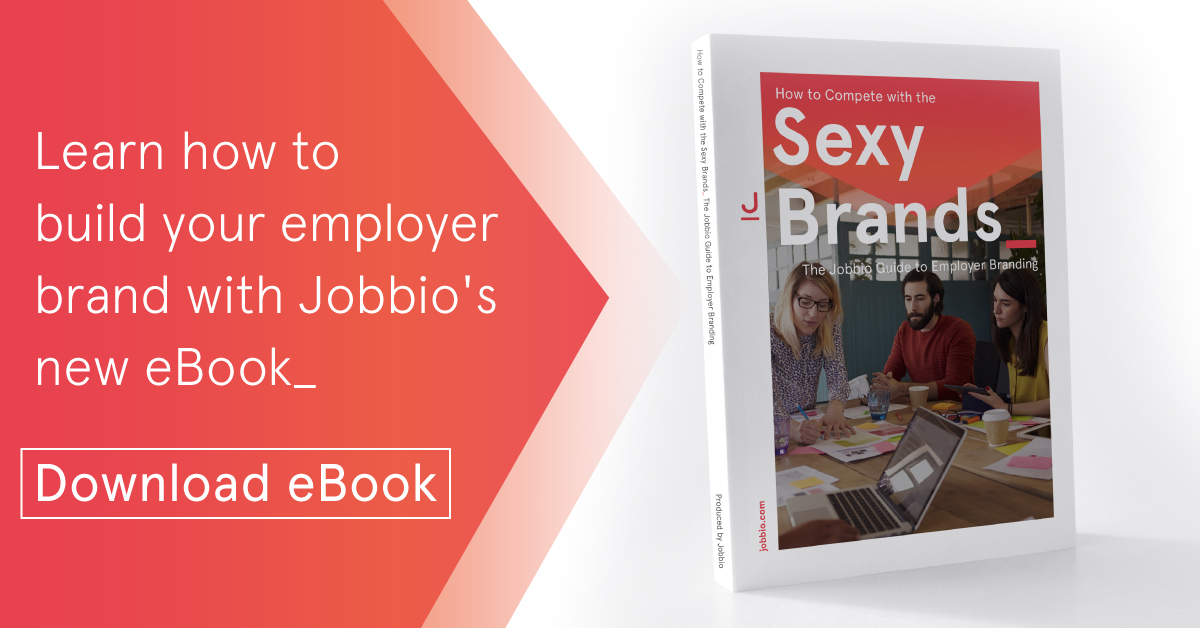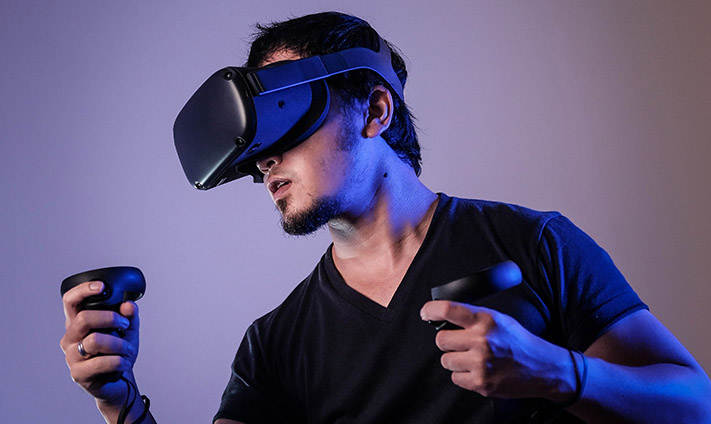The pandemic caught many organisations off guard. But what have we learned and how have we adapted in the world of work? In 2020, we sat down with a number of companies for our Responding to a Crisis series, and discovered how they’d been coping with the advent of the pandemic.
Covid-19 represented a once-in-a-lifetime event which threw our personal and working lives into disarray and upheaval, sending many of us home from our offices and changing the way we work for many months to come. For business leaders and managers, the changes were complex and manifold, and for a lot of companies, it ushered in a brave new cloud-based world of work where trust became the gold standard. And it worked – really, really well.
But it wasn’t, in fact, unprecedented. As many office workers emerge from two years of fully remote work, employees and employers alike are negotiating a delicate balance between the way work will happen from now on. Will it be fully remote, a hybrid mix of home and office, or fully back to open plan and office cooler catch-ups?
Following the Spanish flu and the first world war, in 1919, the International Labour Organization (ILO), a sister body of the WHO was founded. Its mandate was to revolutionise the world of work, bringing about a 48-hour working week, and before the second world war, it had managed to agree a further 66 international labour standards as well.
There are clear parallels between both health crises as to how they have shaped and reshaped the way we work, albeit a century apart. As a part of Responding to a Crisis, we asked six participating companies – Jameson, DeVono, Slack, Zahra Media Group, eShopWorld and Bazaarvoice – about their nascent approaches to the rapidly changing face of work during the pandemic.
Now, almost two years on, we’re revisiting those conversations and seeing how well those best-laid plans have panned out.
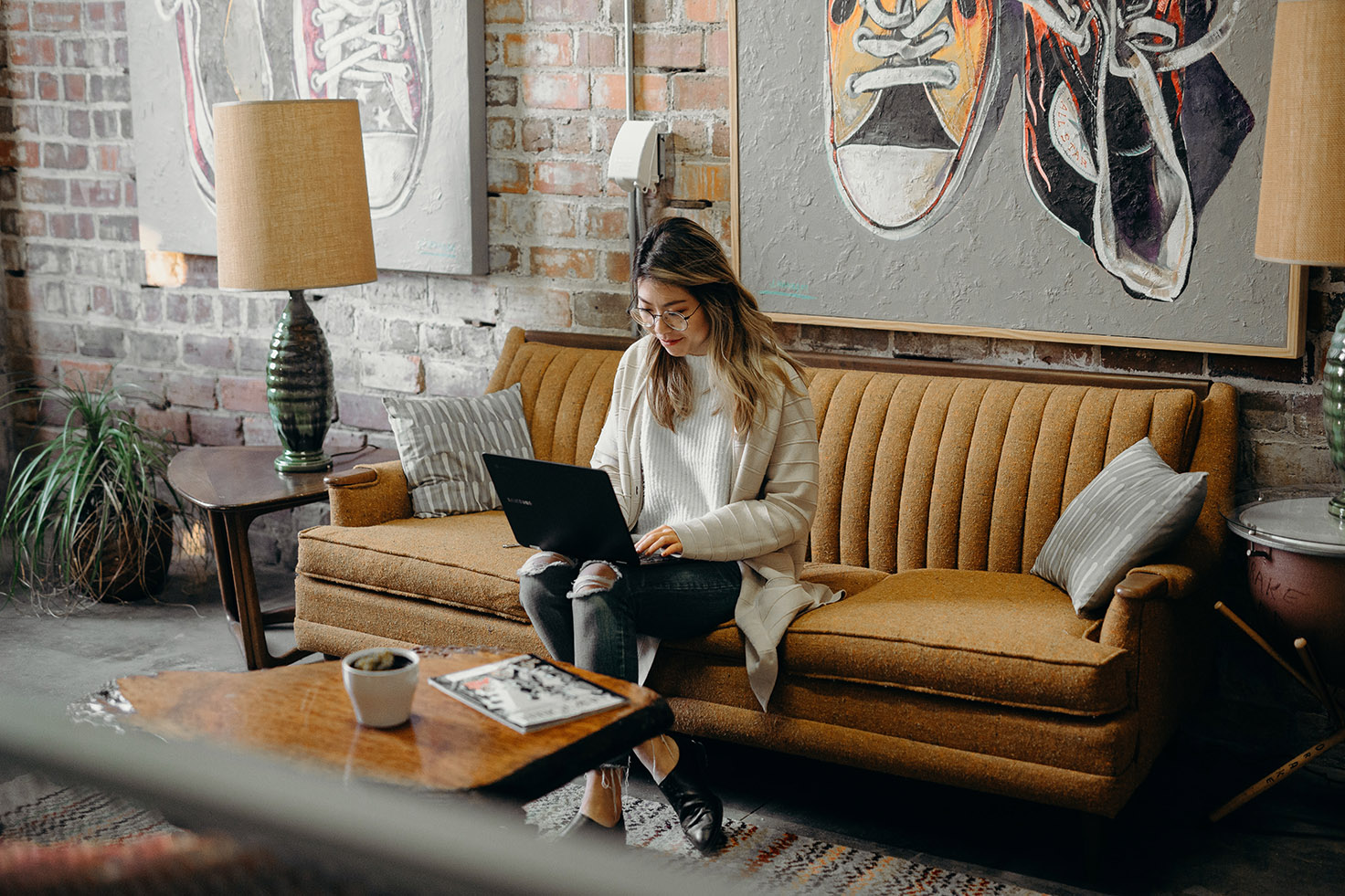 Supporting Health and Wellbeing
Supporting Health and Wellbeing
In June 2020, we talked to Sinéad D’Arcy and Gillian Skinner from Jameson’s International Graduate Programme, about how they managed to maintain a wellbeing focus for the programme’s participants. A brand advocacy programme, it gives graduates the opportunity to go abroad to build brand awareness for Jameson with consumers, bartenders and influencers across 50 global markets.
Jameson moved fast to support its grads, developing a programme called Staying Connected in April 2020. This one-month initiative had three core focus areas; communication, wellbeing and self-development. Content created was a combination of bespoke content, brand ambassador-generated content, and Jameson also leveraged existing tools such as LinkedIn Learning, Irish Distillers’ wellbeing programme THRIVE, and Pernod Ricard University modules.
“As a business, our biggest priority is our people, their health, safety and wellbeing”
“We leveraged WhatsApp as the main comms platform for Staying Connected and housed content on our LinkedIn Learning eLearning platform. As a business, our biggest priority is our people, their health, safety and wellbeing. Staying Connected was one way we supported our global family of Jameson Brand Ambassadors during these exceptional times,” D’Arcy and Skinner said at the time.
It was a smart tactic. According to new research from Agility Recovery, “supporting the health and safety of employees” was a top priority for business continuity success during Covid-19.
Discover more about how Jameson responded to the coronavirus crisis here.
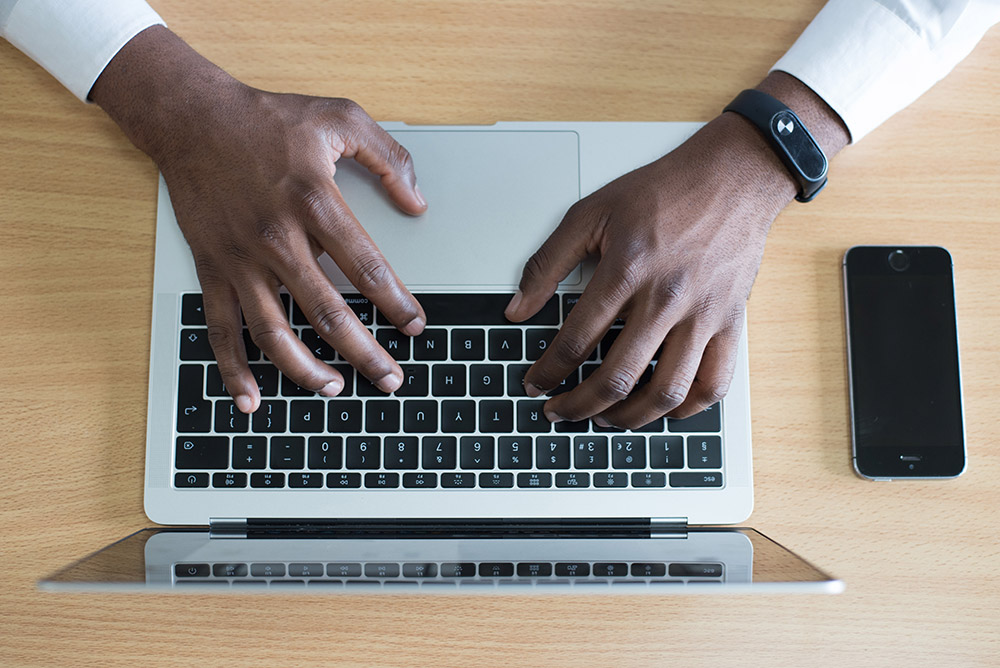 Prioritising communication
Prioritising communication
It won’t come as a surprise that a business founded on communicating, Slack, was quick off the mark when it came to adapting how it touched base with its employees during the pandemic. We spoke to Emily Parsons, associate workplace manager of Slack’s London office, back in May of 2020 and she told us what the company had implemented.
It’s clear that Slack’s own tools had, and continue to have a huge part to play in the business continuity plans for many companies, including here at Jobbio. “Our staff has missed the ability to direct quick, one-off questions to colleagues sitting nearby,” Parsons said at the time. “In its place, our leadership team is hosting hour-long Zoom calls – virtual office hours – so that people can join to ask questions or chat when needed.
“We’ve moved our most vital pre-existing team meetings, such as our twice-weekly sales and customer success huddles, to Zoom,” she explained.
“We’re checking in with each other more often and more casually too”
And that wasn’t all – Slack was acutely aware it needed to compensate for those casual conversations that are such a feature of office life. “In addition, we’re checking in with each other more often and more casually too. For example, my team is meeting a few times a week for 20 minutes, just to check in with each other and give updates on our projects.”
The strategy was a good one. Recent Gallup figures indicate that employees who work in exclusively remote or hybrid roles tend to have higher levels of engagement (37% across both groups) than those who work exclusively on-site at 29%.
Find out more about how the plans Slack put in place to deal with the pandemic here.
 Forward thinking
Forward thinking
In May 2020, Ruth Lynch, Head of People and Premises at DeVono Cresa, the largest firm of tenant-only real estate advisors in the world, was thinking about the world of work 2.0. We asked her how she thought the working landscape would change post-pandemic and if she thought remote working would enjoy a bigger adoption in the future.
“Without a doubt,” was her unequivocal answer to remote working and its adoption. “Those that regularly work remotely may be questioning what all the fuss is about. Those who were occasional home workers have probably adapted quite well. The ‘never before’ camp have probably found it more difficult to adjust … There is a window now however for companies to get the balance right, adopt different working set-ups, that could release a new wave of productivity,” Lynch said at the time.
“Perceptions around remote working will have undoubtedly changed as a result of this pandemic”
Of the changes to our working lives she foresaw as a result of the coronavirus, Lynch again displayed a prescient sense of the issues. “First and foremost, the increased level of agility and ability of employees to work remotely and productively will feed into longer term strategies for both the workforce and workplace,” she said.
“This could mean a change in working patterns (times), methods of transport to and from work, as well as a wholesale shift in health and wellbeing provision … Perceptions around remote working will have undoubtedly changed as a result of this pandemic, as will attitudes to travel and the necessity of face-to-face meeting.”
Now, two years later, her predictions are borne out: work has changed. Here in Ireland, the Four Day Week campaign has 17 companies signed up to its pilot programme, for example.
Find out more about DeVono Cresa’s response to the crisis on this dedicated blog.
Want to discover how you can build your employer brand with us in 2022? Get in touch with us here: employerbranding@jobbio.com




